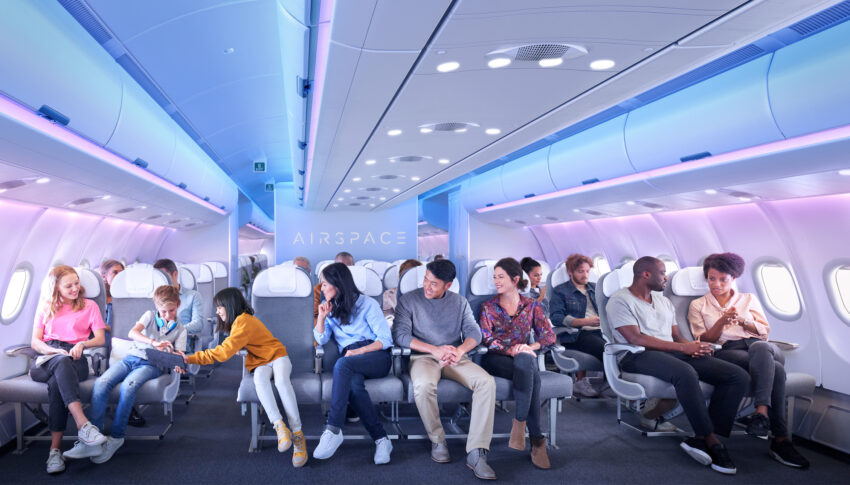Certification is a continually evolving regulatory requirement for airlines, airframers, seat manufacturers — and indeed regulators. That’s certainly true within the cabin environment. With the relatively new Revision C to the TSO/ETSO 127c marking technological and in-cabin innovation, we sat down with Mark Hacker, chief technology officer at startup challenger seatmaker Unum, to discuss the current challenges and how the industry is overcoming them.
For a seat to be approved for installation and operation within a commercial aircraft by regulators, it must be safety certified both independently as a product and as it is installed within the cabin environment.
This certification is in essence a three-layer process in both the United States and the European Union: the primary regulations (14 CFR within the US, CS-25 within the EU) specify certification requirements. These are laid out within the US Technical Standard Orders (TSO) and European Technical Standard Orders (ETSO), respectively. Each of these then specifies performance standards, for example SAE8049, managed by standards body SAE International, formerly the Society of Automotive Engineers.
Change drivers come from multiple directions, including:
- recommendations after safety investigations, such as the investigation into the 1990 Kegworth accident on approach to East Midlands airport in the UK
- industry innovation, such as the growth in business class seats angled towards or away from the centreline, including herringbone seating
- wider changes, such as the growth in passenger personal electronic devices, which airlines and seatmakers now want to allow to control seats
As an example, for the herringbone seating, Hacker says, this drives regulatory change, such as the recent update of TSO C127c by the FAA in 2020 and EASA in 2022.
“Where an STC [supplemental type certificate] could only be held by an aircraft owner or operator, with certification and validation requirements now detailed in the TSO seat designers and manufacturers could certify angled seats outside of the STC for the first time, much as they have done for many years for forward facing — economy class — seats,” Hacker explains. “While an STC would still be required to certify at the cabin level, the TSO allows customers to have the confidence that a seat is certifiable, thereby de-risking the development programme.”
Technological innovation also throws up certification issues, with the growing use of electrical power within the cabin just one example.
“Seats have developed from being manually actuated recliners, into complex electrically actuated seats that transition into full flat beds,” Hacker says. “Throw in increasingly complex inflight entertainment systems with multi-screen options, and ongoing development of power requirements for PEDs [personal electronic devices] — USB-C 60 watt, wireless, and so on — and the business class cabin becomes a complex electrical installation… and one that is being challenged to update faster than ever before, with the constant evolution of domestic PED technology.”
This constant evolution is also happening within the connected cabin. Newer inflight connectivity systems are able to provide an experience akin to that on the ground. Airlines, seatmakers and suppliers want to take advantage of that.
All that leads, Hacker suggests, to “multi-vendor integration with Bluetooth enablement of PED control to seat actuation via the inflight entertainment system, also delivering real time predictive maintenance reporting to the airline head office. The technology and the capability is here today but obviously the early adopters have big challenges navigating the certification route map.”
But inside the cabin, as elsewhere, sustainability is a core theme as the industry looks to the future.
“We predict that sustainability will become a certification requirement, like noise already has,” Hacker says, “and if it does, it will be Europe who will lead the way. Therefore, issues of flying weight, recycling both pre- and post-use, new materials — and probably, how sustainability is measured and accounted for — will all have to be addressed, resolved and worked through.”
Indeed, Hacker expects, “the flying public will demand it, and as they get more informed will be less and less satisfied with accepting greenwashing. The aviation industry has a benefit of being respected, due to its safety record — it should use this to lead the way in mature, intelligent and meaningful sustainability requirements that, like safety, really deliver results.”
Author: John Walton
Published 25 July 2023
Image: Airbus – Passengers in 8 abreast Economy seats of A330neo Airspace cabin




